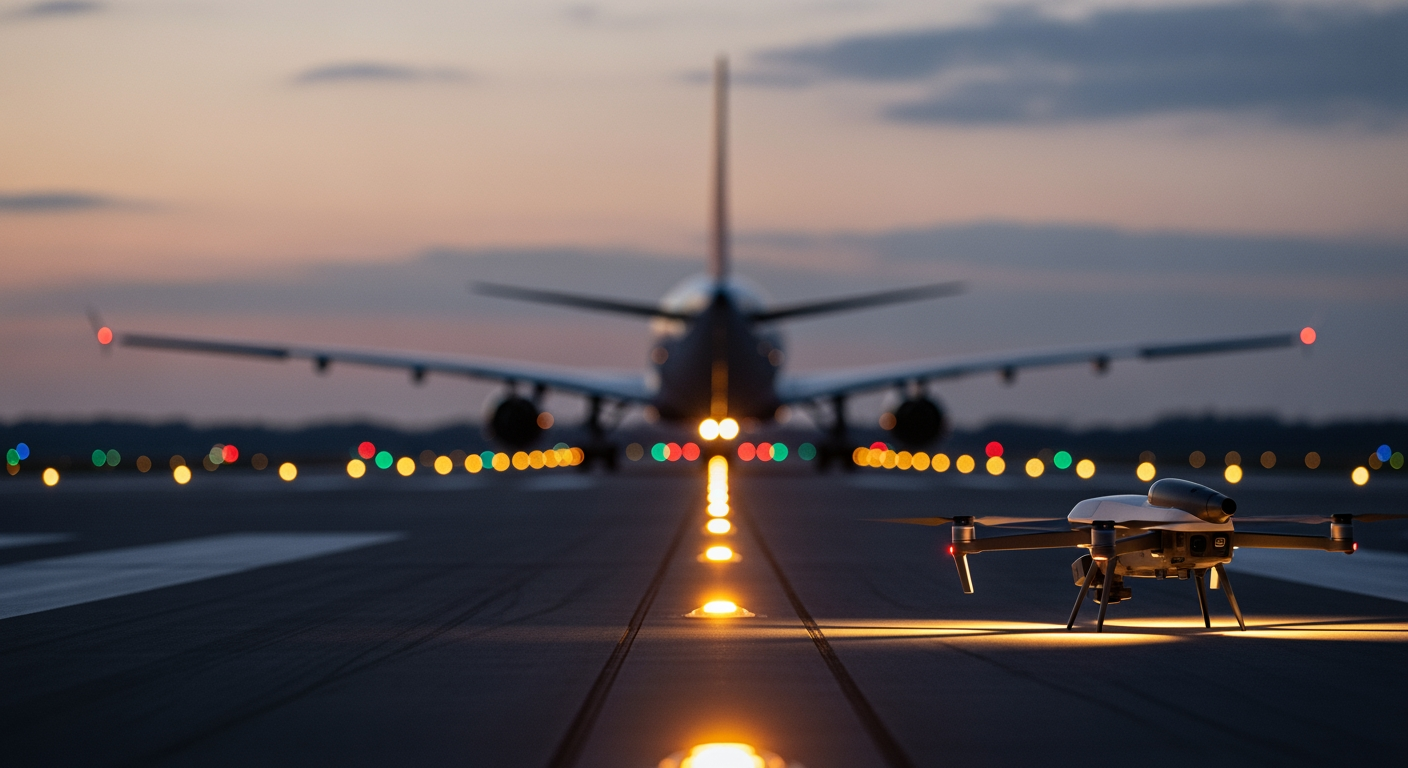Related Articles

Federal Judges Order Trump Administration to Fund Food Aid Amid Government Shutdown

UN Security Council Affirms Morocco's Autonomy Plan as "Most Feasible Solution" for Western Sahara Dispute





In a significant stride for its ambitious space program, China successfully launched its Shenzhou-21 crewed mission, carrying a new trio of taikonauts to the Tiangong space station. The mission, which lifted off from the Jiuquan Satellite Launch Center in northwest China on Friday evening, marks a double milestone: it includes the country's youngest-ever astronaut to participate in a spaceflight and introduces China's first scientific experiment involving live rodent mammals in orbit. This historic endeavor underscores China's accelerating pace in space exploration, blending human endeavor with cutting-edge biological research vital for long-duration missions.
The Shenzhou-21 spacecraft, propelled by a Long March-2F rocket, ascended into orbit at 11:44 p.m. Beijing Time, embarking on a six-month scientific expedition to the Tiangong space station. The crew comprises mission commander and pilot Zhang Lu, who brings prior spaceflight experience, alongside two first-time taikonauts: flight engineer Wu Fei and payload specialist Zhang Hongzhang.
A notable member of this crew is Wu Fei, a 32-year-old engineer, who has earned the distinction of becoming the youngest Chinese astronaut to participate in a space mission. His inclusion highlights a trend in China's space program to integrate a diverse range of specialists, complementing the traditionally military-trained taikonauts. Wu, whose professional background includes extensive work on spacecraft development and thermal testing for modules of the Tiangong station, expressed enthusiasm for conducting experiments in the very environment he helped engineer. Payload specialist Zhang Hongzhang, a researcher in new energy and new materials, will be instrumental in carrying out experiments, some of which he designed on Earth.
Upon reaching the Tiangong space station, the Shenzhou-21 crew will perform an in-orbit rotation with the outgoing Shenzhou-20 crew, ensuring continuous human presence and operation of the orbital outpost.
For the first time in its spaceflight history, China has sent live rodent mammals into space. Four mice—two males and two females—are integral to the Shenzhou-21 mission, marking a new chapter in China's space life science research. This pioneering experiment aims to thoroughly examine the effects of unique space conditions, such as microgravity and confinement, on the animals' behavior, physiology, and overall biological functions.
The selection process for these "space mice" was rigorous, involving over 60 days of intensive training for 300 candidates. Once on the Tiangong station, they are expected to reside in specially designed equipment for five to seven days. This sophisticated setup includes life support systems providing gas purification, oxygen supply, on-orbit monitoring, and specialized solutions for food, water, lighting, imaging, and waste collection, specifically addressing the challenges of microgravity. Following their orbital stay, the mice will be returned to Earth for extensive post-mission analysis. Scientists will investigate their stress responses and adaptive changes in various tissues and organs, gathering crucial data on how space environments impact biological systems.
This experiment is not merely a demonstration but a foundational step towards understanding the complexities of long-term human spaceflight. With approximately 95% genetic similarity to humans, mice serve as vital model organisms, and insights gained from this study could significantly inform future efforts to safeguard human health during extended missions, such as those to the Moon or Mars. Previously, China's animal experiments in space had involved simpler organisms like zebrafish and fruit flies, making this rodent study a substantial leap in complexity and potential impact.
Beyond the headline-grabbing biological experiment, the Shenzhou-21 crew is slated to execute a comprehensive program of 27 new scientific and applied research projects during their six-month tenure. These projects span a broad spectrum of disciplines, including space life sciences and biotechnology, aerospace medicine, materials science, microgravity fluid physics, combustion science, and emerging space technologies.
A particularly intriguing area of study involves examining the relationship between the origin of the genetic code and molecular chirality in space, exploring the selectivity among different chiral combinations of amino acids and nucleotides. Such fundamental research conducted aboard the Tiangong space station aims to uncover deeper secrets of life's origins and its fundamental chemical building blocks under extraterrestrial conditions. The Tiangong, China's independently operated space station since 2021, has rapidly evolved into a robust national space laboratory. As of December 2024, it has facilitated over 181 scientific and application projects, demonstrating its increasing capacity for advanced research. This continuous stream of scientific inquiry is designed to "break technology choke points" and generate systematic knowledge essential for China's future space endeavors.
The Shenzhou-21 mission is a powerful affirmation of China's sustained and ambitious push in space exploration. Its space program has been a source of immense national pride and a hallmark of its technological advancements over the past two decades. Since launching its first crewed mission in 2003, China has steadily built its capabilities, developing a fully operational, modular space station after being largely excluded from international cooperation on the International Space Station.
Looking ahead, China has articulated clear and bold objectives. The nation aims to achieve a crewed lunar landing by 2030 and establish a lunar research station, signifying its commitment to deep-space exploration. The continuous scientific output from the Tiangong station, along with its plans for lunar and Mars missions, positions China as a formidable and increasingly central player in global space activities. While still recognized as the world's second-leading space power, China's methodical progress and long-term vision signal its intent to further expand humanity's reach into the cosmos. The selection of diverse astronauts, exemplified by Gui Haichao, who became China's first civilian astronaut on the Shenzhou-16 mission in May 2023, and now Wu Fei, the youngest, further broadens the scope of expertise contributing to these national objectives.
The Shenzhou-21 mission, with its youngest astronaut and groundbreaking space mice experiment, represents a dual frontier. It pushes the boundaries of human presence in space while simultaneously delving into fundamental biological questions crucial for sustaining that presence in the long run. The meticulous planning and execution of these scientific endeavors on the Tiangong space station solidify China's standing as a major force in global space exploration. As the nation continues its rapid advancement, these missions are not just about reaching new heights but about systematically expanding humanity's scientific understanding and capabilities for future journeys beyond Earth.